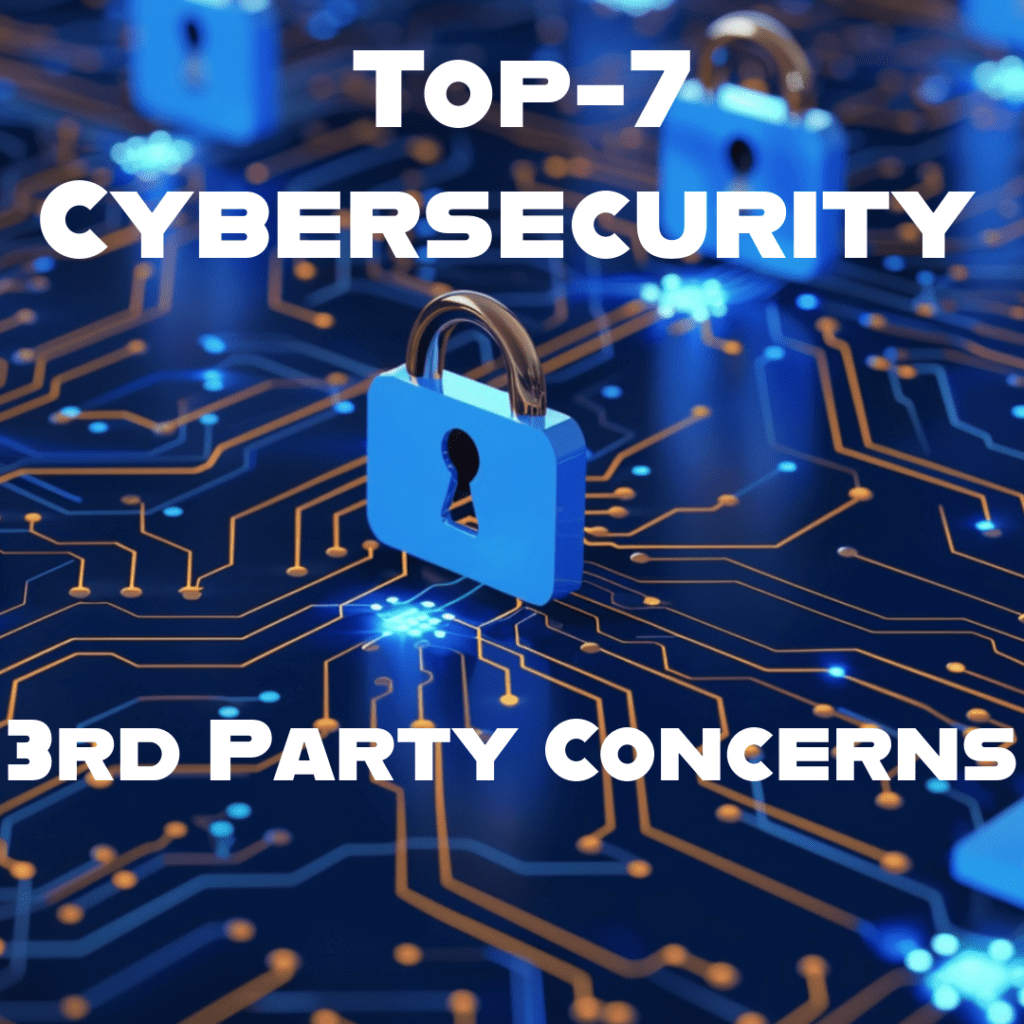Master the Art of Cyber Strategic Thinking to Defend Against Failures and Third Party Risks and Vulnerabilities

Top 7 Strategic Keys to Mastering Cybersecurity Risk and Third Party Risk Management in 2024
In any relationship, it’s essential to stand strong and support each other through thick and thin. But what about those moments when our partners are feeling vulnerable or facing cyber risks? Such as cyber attacks, data breaches, malware, ransomware or social engineering attacks like phishing. It’s our duty to defend and protect them, to be their shelter in the storm. By recognizing and addressing these vulnerabilities head-on, we can strengthen our bond and create a more resilient partnerships. Together, we can weather any storm and come out stronger on the other side.
Thus, we have interwoven endpoint security and malware defense throughout these crucial aspects of cybersecurity that organizations need to address third party risk comprehensively. Here’s where these concerns fit within the top seven cybersecurity concerns for organizations partnering with others.
1. Data Protection and Privacy:
- Ensure that partners adhere to stringent data protection and privacy standards to prevent unauthorized access and data breaches from attackers.
- Establish clear data handling and storage policies that comply with relevant regulations such as GDPR, CCPA, or HIPAA
- Endpoint Security: Ensures that all endpoints (e.g., laptops, mobile devices, servers) are protected against unauthorized access and data breaches, helping to secure data privacy. By protecting data from malware that can compromise sensitive information and violate data privacy policies.
2. Access Control and Authentication:
- Implement robust third party risk access control mechanisms to ensure that only authorized personnel have access to sensitive information.
- Use multi-factor authentication (MFA) and role-based access control (RBAC) to enhance security
- Endpoint Security: Enhances security by ensuring that devices accessing the network are secure and verified. Prevents malware from exploiting authentication mechanisms to gain unauthorized access.
3. Cyber Incident Response and Management:
- Develop and align cybersecurity incident response plans with partners to ensure coordinated and efficient responses to cybersecurity incidents.
- Conduct regular joint drills and simulations to prepare for potential cybersecurity events
- Endpoint Security: Plays a critical role in detecting and responding to security incidents involving endpoints. Involves strategies and tools to quickly identify, contain, and eradicate malware during an incident.
4. Compliance and Regulatory Requirements:
- Ensure that partners comply with all applicable cybersecurity regulations and standards.
- Regularly audit and monitor partners to verify compliance with industry-specific standards such as ISO/IEC 27001, NIST, or PCI DSS
- Endpoint Security: Helps ensure that endpoints comply with regulatory requirements by enforcing security policies and controls. Ensures compliance with regulations that mandate protection against malware threats.
5. Third-Party Risk Management:
- Assess and manage risks associated with third-party vendors and partners by conducting thorough due diligence and regular security assessments.
- Implement contractual agreements that outline security requirements and expectations for partners
- Endpoint Security: Evaluates the security posture of third-party endpoints accessing the organization’s network and its effectiveness of third-party defenses against malware to mitigate risk.
6. Cybersecurity Awareness and Training:
- Promote a culture of cybersecurity awareness by providing regular training and education to both internal staff and partner personnel.
- Share best practices and threat intelligence to keep all parties informed about the latest cybersecurity threats and mitigation strategies
- Endpoint Security: Educates employees and partners about securing endpoints and recognizing potential security threats. Provide training on identifying and avoiding malware threats, such as phishing emails and malicious downloads.
7. Supply Chain Security:
- Secure the entire supply chain by ensuring that all suppliers and partners follow stringent cybersecurity practices.
- Monitor and evaluate the security posture of the third party risks to the supply chain continuously to detect and address vulnerabilities promptly
- Endpoint Security: Ensures that all devices within the supply chain are secure and monitored for potential threats. In order to protect your supply chain from malware that can disrupt operations and compromise data integrity.
Additional Focus on Endpoint Security and Malware Defense:
Endpoint Security: Includes the deployment of antivirus software, firewalls, intrusion detection systems (IDS), and endpoint detection and response (EDR) tools to monitor and secure all endpoints. Involves implementing advanced threat protection (ATP) solutions, conducting regular malware scans, and updating security software to defend against the latest malware threats.
By integrating robust endpoint cyber security and malware defense strategies into these broader concerns, organizations can significantly enhance their overall cybersecurity posture and better protect themselves, personal data, critical systems and their partners from evolving threats.
3rd Party Risk Management Summary:
Navigating the complex landscape of cybersecurity and third party risk management requires expert guidance to ensure robust protection without depleting financial resources. The article suggests seven important cybersecurity strategies, with the zero trust model being recommended over traditional methods like device scanning and malware hunting. By leveraging overlapping technologies, adopting managed solutions, and using cost-efficient methods, organizations can enhance their security posture against malware and hackers without breaking the bank. These strategies provide scalable, affordable solutions for both large enterprises with extensive partner networks and smaller entities, ensuring comprehensive defense and operational resilience without exhausting financial resources to reduce your third party risks.





